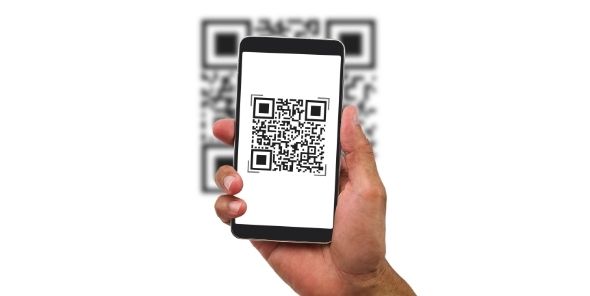A QR code is a machine-readable matrix barcode (short for “Quick Response”). QR codes were first utilized in the automotive business, but they are now widely used in advertising, payments, product tracing, and counterfeit detection, among other things. A QR code leads people to a website or other targeted online content using a camera-equipped mobile device (and a free code reader programme).
Is the Trademark Act applicable to QR Codes?
As Trademark Law only protects elements that allow the public to quickly identify the goods and services, such as names, logos, slogans, sounds, or colors, QR codes cannot be trademarked. The same is true when identifying the source by simply looking at a QR code is frequently tricky. One can, however, file a Trademark Application to register a logo that incorporates a QR code.
One must use a logo that includes the QR code with the branding of products or services, just like any other trademark. The logo should be a recognizable and unique feature of the brand and set products or services apart from competitors in one’s field.
What exactly is the issue with QR codes?
There are several reasons why trademark applications with only a QR code are refused.
The lack of distinct character is the first and most obvious flaw, and a QR code isn’t considered a symbol that denotes a commercial source.
The second reason is that trademarking names or ” customary ” symbols in everyday commercial practices is impossible.
The third reason for not accepting a QR code as a trademark is that it is impossible to register trademarks contrary to “public policy.”
Judicial Decision
SIX Interbank Clearing AG, a prominent Swiss payment platform operator, has applied to register the QR code with an inset cross on a dark square in classes 35, 36, and 38 in Switzerland. It also included a negative color claim, stating that the inset cross may not be reproduced in white on a red backdrop, red on a white background, or any other color that could be mistaken for the Swiss cross or the Red Cross.
The lower court denied the application of the Swiss Institute of Intellectual Property (IPI). It was argueCourtt, first and foremost, a QR code served a technological purpose rather than a commercial one. Second, the IPI claimed that the QR code’s tremendous complexity prevented human minds from comprehending it.
The Federal Administrative Court upheld the appeal. First, it validated the lower instance’s conclusion that the QR code’s technological conditionality and the pattern of squares, which is difficult for humans to memorize, preclude the sign’s ability to designate the origin of a product or service. It was decided that the functional section of a QR code should be treated as if it had any distinctive character.
The Court acknowledged Court QR codes might be decorative patterns or device marks, which are inherently registrable signals. As a result, the Court upheld the apCourtand returned the matter to the Federal Institute of Intellectual Property to register the sign with a broader disclaimer that also applied to the black and white version.




